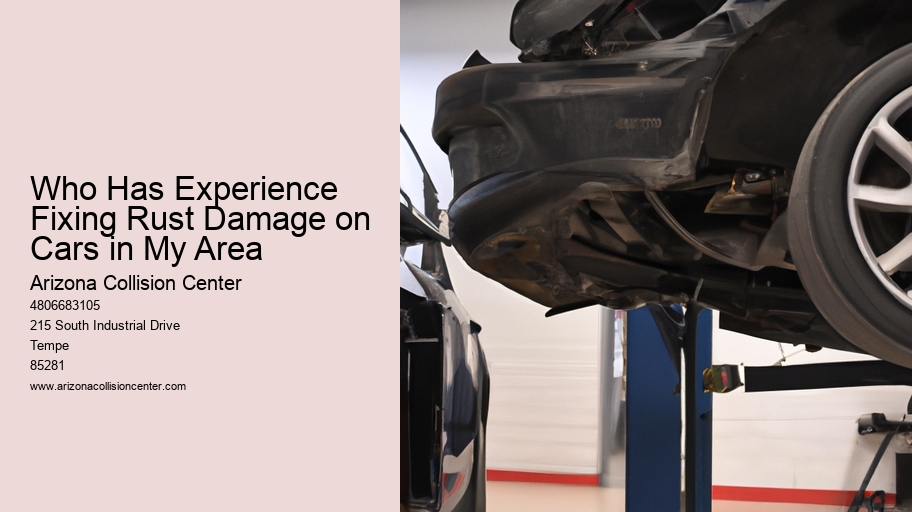According to recent data, the automotive restoration industry is experiencing a surge in popularity, with a growing number of car enthusiasts seeking out the latest trends.
From custom paint jobs to retrofitted technology, performance upgrades, and the use of sustainable materials, the possibilities for restoring cars are limitless.
Additionally, restomod conversions are gaining traction as a way to blend classic aesthetics with modern functionality.
In this article, we will explore these latest trends in auto restoration, providing detailed insights for those seeking automotive freedom.
Custom Paint Jobs
Custom paint jobs have become increasingly popular in the world of auto restoration, allowing car enthusiasts to personalize their vehicles and make a bold statement on the roads. This trend is particularly prevalent among owners of classic cars, who seek to preserve the authenticity of their vehicles while also adding a touch of individuality.
The automotive industry has responded to this demand by offering a wide range of customization options, including metallic finishes, two-tone designs, and intricate patterns. Advanced techniques such as airbrushing and hand-painted detailing have also gained popularity, allowing for more intricate and unique designs.
Moreover, with the advancements in paint technology, car owners now have access to a vast palette of colors and finishes, further expanding their creative freedom. Custom paint jobs have truly revolutionized the way classic cars are restored and have brought a new level of personalization to the automotive industry.
Retrofitted Technology
The rise of auto restoration trends has also seen a growing interest in retrofitted technology, with car enthusiasts seeking to blend modern conveniences with the classic charm of their vehicles. Upcycled interiors and vintage-inspired accessories are at the forefront of this trend, allowing car owners to maintain the nostalgic feel of their vintage cars while enjoying modern functionality.
Here are five items that evoke emotion in the audience:
- Bluetooth-enabled audio systems: Enjoy the freedom of wireless music streaming while cruising in your classic car.
- GPS navigation systems: Stay on track without sacrificing the vintage appeal of your vehicle.
- LED lighting upgrades: Enhance visibility and safety while adding a touch of modernity to your car's aesthetics.
- Smartphone integration: Connect your smartphone to your vintage car's infotainment system for seamless hands-free calling and music playback.
- Keyless entry systems: Experience the convenience of unlocking your car with the touch of a button, without compromising the retro style.
With these retrofitted technologies, car enthusiasts can create a harmonious blend of old and new, preserving the essence of their classic cars while enjoying the conveniences of the modern world.
Performance Upgrades
Continuing the exploration of auto restoration trends, the focus now shifts towards performance upgrades that enhance the driving experience of vintage cars.
When it comes to performance upgrades, engine modifications and tuning options are the key areas of focus. Engine modifications involve enhancing the power and efficiency of the engine by making changes to its components, such as the intake and exhaust systems, camshafts, and fuel injectors. These modifications can significantly increase horsepower and torque, resulting in improved acceleration and top speed.
Tuning options, on the other hand, involve optimizing the engine's performance through calibration and adjustments to the engine control unit (ECU). This allows for fine-tuning of various parameters such as fuel mixture, ignition timing, and boost pressure, further enhancing the car's overall performance.
Whether you're looking for a boost in power or better fuel efficiency, performance upgrades can provide vintage car owners with the freedom to tailor their driving experience to their liking.
Sustainable Materials
To promote environmental responsibility in auto restoration, a growing trend revolves around the use of sustainable materials. This shift towards eco-friendly innovations in the automotive industry aims to reduce the carbon footprint and create a more sustainable future. Here are five examples of sustainable materials being used in auto restoration:
Recycled plastic: By repurposing plastic waste, auto restorers are able to reduce the demand for new plastic production and lower the amount of plastic ending up in landfills.
Bamboo: Bamboo is a fast-growing and renewable resource that can be used for interior panels and trim. It is not only durable but also adds a touch of natural elegance to the car's interior.
Cork: Cork is a highly sustainable material that can be used for flooring, dashboards, and even seat covers. It is harvested from the bark of cork oak trees without harming the tree itself.
Upcycled leather: Instead of using new leather, auto restorers are opting for upcycled leather derived from discarded materials. This reduces waste and extends the lifespan of existing resources.
Hemp-based textiles: Hemp is a versatile and sustainable material that can be used for seat upholstery and interior linings. It requires less water and pesticides to grow compared to other natural fibers.
Restomod Conversions
In line with the growing trend of using sustainable materials in auto restoration, another popular approach is the incorporation of restomod conversions. Restomod classics refer to classic cars that have been restored and modified with modern components and features, providing a blend of vintage aesthetics with contemporary performance.
One of the key aspects of restomod conversions is the modernization of interiors. This involves upgrading the car's interior with state-of-the-art technology, comfort features, and modern conveniences while still preserving the classic look and feel. From touchscreen infotainment systems to climate control, advanced sound systems, and luxurious upholstery, restomod conversions offer the best of both worlds.
With these modernized interiors, car enthusiasts can enjoy the freedom of driving a classic car with all the comforts and amenities of a modern vehicle.
